Block Inc. (NYSE: XYZ), formerly known as Square, has faced pressure from recent earnings disappointments, leading to a notable drop in its stock price. For long-term investors, the big question is whether this decline represents a potential buying opportunity. By evaluating Block’s gross profit growth, operating margins, cash flow, return on invested capital (ROIC), and valuation metrics, we can determine if Block is worth adding to your portfolio.
Gross Profit Growth: Rapid Expansion
Unlike most companies where revenue growth is the primary measure of performance, Block’s unique accounting for Bitcoin transactions makes gross profit a more relevant metric. Over the last few years, gross profit has surged to $8.9 billion on a trailing 12-month basis, nearly a 9x increase from its levels in 2016.
Block’s Cash App business has been a major growth driver, rapidly expanding its user base and increasing engagement. Despite facing regulatory scrutiny for insufficient monitoring of cash transfers (raising concerns about money laundering), Cash App continues to attract millions of new users, solidifying its position in the financial services sector.
Operating Margins and ROIC: Steady Improvements
Block has seen significant improvements in profitability:
- Operating profit margin: Up from -10% in 2016 to 7% on a trailing 12-month basis.
- ROIC: Increased to 11%, a stark improvement from negative levels (-50%) seen in 2016.
Although these metrics demonstrate positive trends, ROIC remains below Block’s weighted average cost of capital (WACC), signaling room for efficiency improvements. Ideally, a company’s ROIC should exceed its WACC to show that it is effectively turning investor capital into value.
Valuation: Cheap for Its Growth Potential
Block’s valuation offers intriguing opportunities:
- Forward Price-to-Earnings (P/E): 11.4, which makes the stock look cheap given its growth trajectory.
- Price to Free Cash Flow (P/FCF): 242, suggesting a relatively fair valuation.
While the high P/FCF ratio reflects Block’s elevated risk, its forward P/E highlights undervaluation relative to growth prospects, improved margins, and increasing Cash App engagement.
Risks to Consider
Investors should weigh several headwinds:
- Macroeconomic factors: Consumer spending impacts cryptocurrency trading—a significant revenue source for Block.
- Bitcoin dependency: As a speculative asset, Bitcoin’s performance is directly tied to external factors, including economic stability.
Cryptocurrency investment relies on buying low and selling high, which introduces additional risks compared to traditional equity investing. This reliance on speculative trading activity makes Block sensitive to downturns in consumer confidence and macroeconomic conditions.
Final Recommendation: Is Block Stock a Buy?
Despite the risks associated with cryptocurrency and regulatory concerns, Block’s improving financial performance, undervaluation (based on P/E), and growing Cash App user base present a compelling case for long-term investors. While Block is considered a higher-risk investment, its current valuation and growth potential make it a buy at today’s prices.
https://youtu.be/ohpdXS0jT4s?si=Xl8hX7cAXj1UguQ-



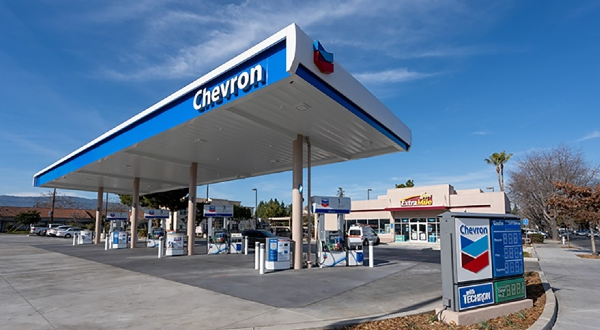
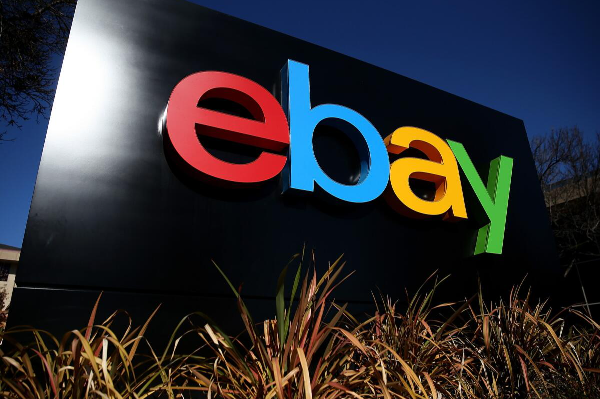
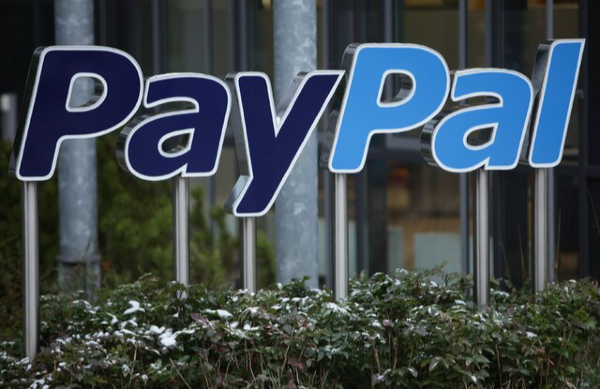




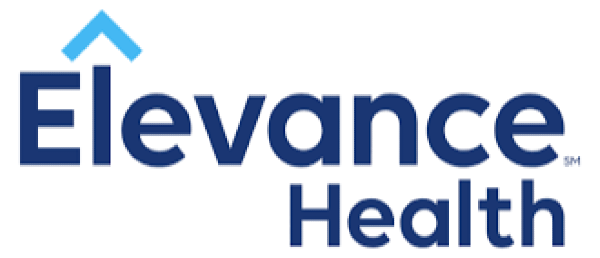
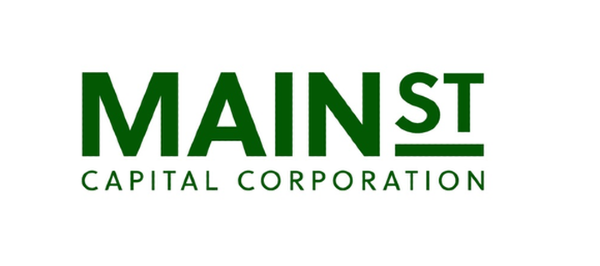

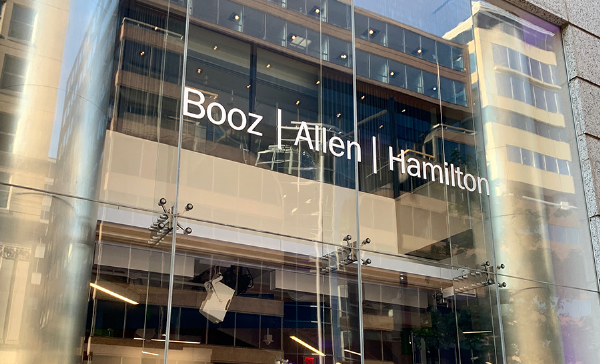






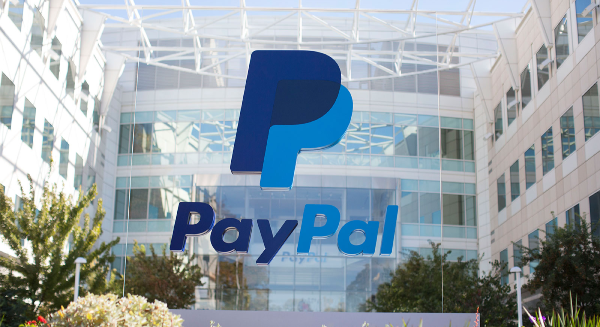

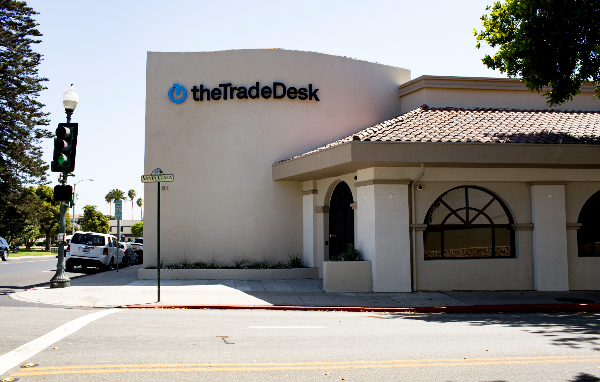



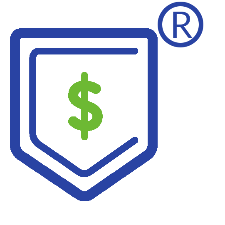




Block Inc. (NYSE: XYZ), formerly known as Square, has faced pressure from recent earnings disappointments, leading to a notable drop in its stock price. For long-term investors, the big question is whether this decline represents a potential buying opportunity. By evaluating Block’s gross profit growth, operating margins, cash flow, return on invested capital (ROIC), and valuation metrics, we can determine if Block is worth adding to your portfolio.
Gross Profit Growth: Rapid Expansion
Unlike most companies where revenue growth is the primary measure of performance, Block’s unique accounting for Bitcoin transactions makes gross profit a more relevant metric. Over the last few years, gross profit has surged to $8.9 billion on a trailing 12-month basis, nearly a 9x increase from its levels in 2016.
Block’s Cash App business has been a major growth driver, rapidly expanding its user base and increasing engagement. Despite facing regulatory scrutiny for insufficient monitoring of cash transfers (raising concerns about money laundering), Cash App continues to attract millions of new users, solidifying its position in the financial services sector.
Operating Margins and ROIC: Steady Improvements
Block has seen significant improvements in profitability:
Although these metrics demonstrate positive trends, ROIC remains below Block’s weighted average cost of capital (WACC), signaling room for efficiency improvements. Ideally, a company’s ROIC should exceed its WACC to show that it is effectively turning investor capital into value.
Valuation: Cheap for Its Growth Potential
Block’s valuation offers intriguing opportunities:
While the high P/FCF ratio reflects Block’s elevated risk, its forward P/E highlights undervaluation relative to growth prospects, improved margins, and increasing Cash App engagement.
Risks to Consider
Investors should weigh several headwinds:
Cryptocurrency investment relies on buying low and selling high, which introduces additional risks compared to traditional equity investing. This reliance on speculative trading activity makes Block sensitive to downturns in consumer confidence and macroeconomic conditions.
Final Recommendation: Is Block Stock a Buy?
Despite the risks associated with cryptocurrency and regulatory concerns, Block’s improving financial performance, undervaluation (based on P/E), and growing Cash App user base present a compelling case for long-term investors. While Block is considered a higher-risk investment, its current valuation and growth potential make it a buy at today’s prices.
https://youtu.be/ohpdXS0jT4s?si=Xl8hX7cAXj1UguQ-